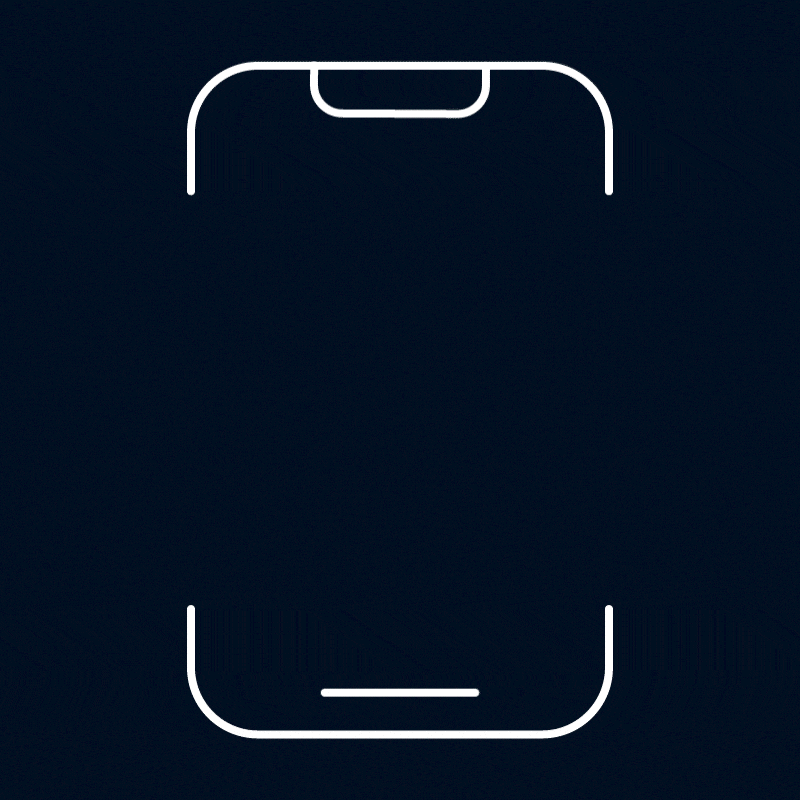Author: Steffen Meyer, Mobile Marketing Content Specialist
In the last blog post, we covered the basics of a mobile Customer Relationship Management (mobile CRM) strategy. This time, we delve in deeper and have a look at the channels you can use to execute this strategy.
1. Effective but potentially annoying:
Push notifications

Push notifications are delivered directly to the home screen, most often accompanied by a sound to get the user’s attention. It is probably the most prominent method to stay in contact with your customer. At the same time it is potentially the most annoying one, since it can be very – well – pushy. Push push notifications can really bind users to the app, or, in the worst case, lead them to uninstall it.
That is why you should take extra care to fill these pushes with relevant and helpful content, so that users won’t turn them off. Keep in mind though that there are geographical differences: Push notifications with marketing content are more accepted or at least tolerated in Latin America while the acceptance threshold for most European users will be much lower. In general, each app needs an individual strategy which includes, above all, the content, frequency and sending times of push messages.
2. Versatile but not suited for inactive users:
In-App Messages

In-App Messages appear, as the name predicts, in your app only and come in various shapes and sizes: from interstitial to full screen to floating at the bottom or top of the screen. On the flip side, you can be very creative in designing them, but on the downside, they are not suitable for reactivating inactive users, since it is required to open the app first.
However, for those users who are in your app environment, you should personalize and perhaps localize the content (not every user on the globe needs the same messages), engage at the right time (find out when people are using your app for what) and don’t spam or disturb the user flow (In-App Messages should be limited and not popping up over buttons the user wants to press at the moment).
3. A real classic but mobile-friendly is a must:
e-mails

E-Mails have many advantages: They can display a lot of content, are flexible in terms of design, stay in the mailbox forever if needed and they don’t interfere with the current usage because users read them when they want to. Most e-mails today are opened on mobile devices which makes e-mail marketing a substantial part of a mobile CRM strategy.
Thus, you should use mobile-friendly designs and deep links to redirect users straight back into your app. If you have an attribution provider (so-called MMP), you should track what users are doing after they have clicked on a link in your mail.

Do not make the mistake and send e-mails without aligning them to your messaging on other channels. Your communication style – the wording, the design – should be in line with the one used in your app, and your timing and the personalization should be intertwined with other channels.
4. Rarely used but with high potential: News Feed

The better mobile CRM tools in the market offer a so-called news feed, sometimes also referred to as the app inbox. Think of it as a blog inside your app that you fill with content over time.
Other than in-app messages, this content will be accessible in the future as well which lets you establish a library of articles that build upon each other.
You may say that this is content marketing in a mobile app environment. As of now, this channel is rarely used but has high potential – as long as you create meaningful content that users are eager to consume. Read this blogpost for a deep-dive into news feeds.
5. Internet but with things: Smart homes and more

As the digital realm conquers more and more of our everyday lives, the marketing possibilities for mobile CRM grow as well. Our TVs, cars and homes become smart, meaning they are or will be connected to the web. This Internet of Things (IoT) allows marketers to use new channels to deliver their messages.
An app for recipes can use smart fridges to inform users about missing ingredients and companies with streaming apps should have a close look at the development of notifications for smart TVs. These new opportunities should be embraced with care, though. For example, using connected car messages may distract the driver and cause accidents.
If you want to know more about upcoming channels, the folks at Braze analyzed them in-depth.
Coming Up: How-to on technical infrastructure of running mobile CRM strategy
If you need help to figure out how to use set-up the channels for your mobile CRM strategy, just drop us a line or wait for one of the next blog posts that will cover a How-to on the technical infrastructure. Bookmark this blog or subscribe to our newsletter so you don’t miss it and while you wait, have a look at our Marketing Master Map to understand which channels fit into the right stage of your marketing strategy.
So don’t be pushy, be versatile, mobile-friendly and live up to your potential. Read you soon.
💡 Knowledge sharing is at the core of what we do. Learn more about the app industry and discover useful resources by signing up for our newsletter or becoming part of our community on LinkedIn.
Helpful Links:







